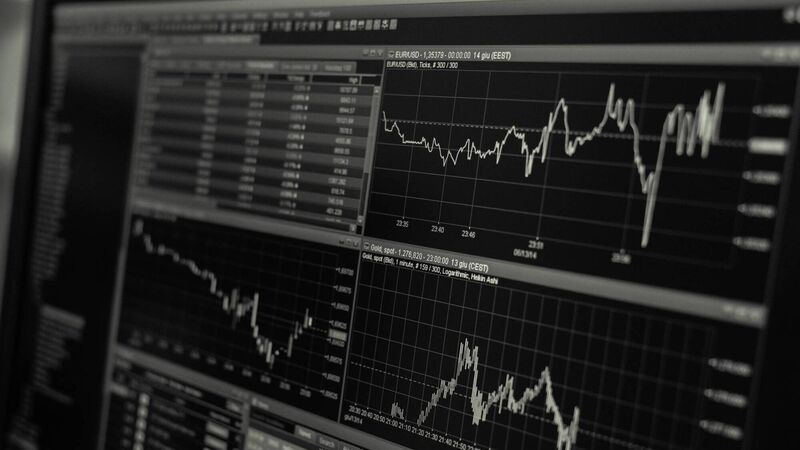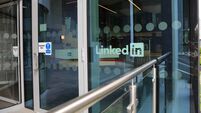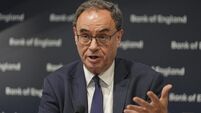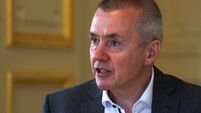Oliver Mangan: Economic recovery to send bond yields higher

Expectations of stronger economic growth lie behind the increase in bond rates. Picture: iStock
It is usually the case in markets that equities hog the limelight, while the obscure world of bonds is largely ignored. However, interest rate markets are a crucial asset class and can tell us a lot about what investors really think.
Most attention year-to-date has yet again focused on the continuing rally in stock markets, which have enjoyed a good start to 2021.
However, steepening yield curves as long-term rates rise and a firming of longer-dated interest rate futures contracts have gone largely unnoticed. Long-term interest rates, though, are very important, especially in many mainland European economies and the US, where they are a major influence on mortgage rates and debt financing costs.
Short-term bond yields and interest rates remain very well anchored by central banks commitment to maintain very loose monetary conditions over the next couple of years, in particular the current super-low interest rates.
The exception has been the UK, where the Bank of England has squashed expectations that it could move to negative interest rates in 2021-22. This is no longer being priced by markets so short-term interest rates and two year UK swap rates have firmed by around 15bps in the past month. Elsewhere, though, there has been little movement in short-term yields or rates.
Further out the maturity curve, however, there have been significant moves in markets.
Investors now think that there could be a steady rise in US rates from around mid-2023 onwards. Last autumn, the view in markets was that three month US rates would not rise to 1% until end 2026 from their current level of 0.2%. Now futures contracts are pricing in that these rates will get to 1% by autumn 2024 and hit 1.75% by the end of 2026.
Meanwhile, ten year US Treasury yields have climbed to 1.2%, their highest level since the Covid-19 pandemic began, and well up on last summer’s low of 0.5%. Furthermore, 30-year Treasury yields are now touching 2%.
In the UK, ten-year gilt yields have risen by 30bps year-to-date, in line with the firming of longer-dated interest rate futures contracts. The move higher has been less pronounced in the Eurozone at about 15-20bps for long term interest rate futures and ten-year bund yields.
Expectations of stronger economic growth and risks of rising inflationary pressures lie behind the increase in rates. There has been a better than expected performance by economies in recent months, despite a tightening of Covid-19 restrictions on activity, including new lockdowns, as coronavirus cases surged again. The IMF suggests that economies are learning to adapt better to these restrictions on activity with the passage of time.
Meantime, there are growing expectations of what the IMF has called “a vaccine-powered strengthening of activity” later in the year. While neither development points to an early tightening of monetary policy, markets now think that when rates do start to rise, the pace of tightening will be quicker than previously envisaged.
The key in this regard is whether vaccines do indeed pave the way for a robust recovery in activity to take root as 2021 progresses, following the subdued start to the year. Inflationary pressures could also rise where pent-up consumer demand is released, but supply is constrained. Bond yields could continue to move higher in these circumstances. The good news is that this would probably mean that vaccines are indeed overcoming the virus.
- Oliver Mangan is chief economist at AIB











